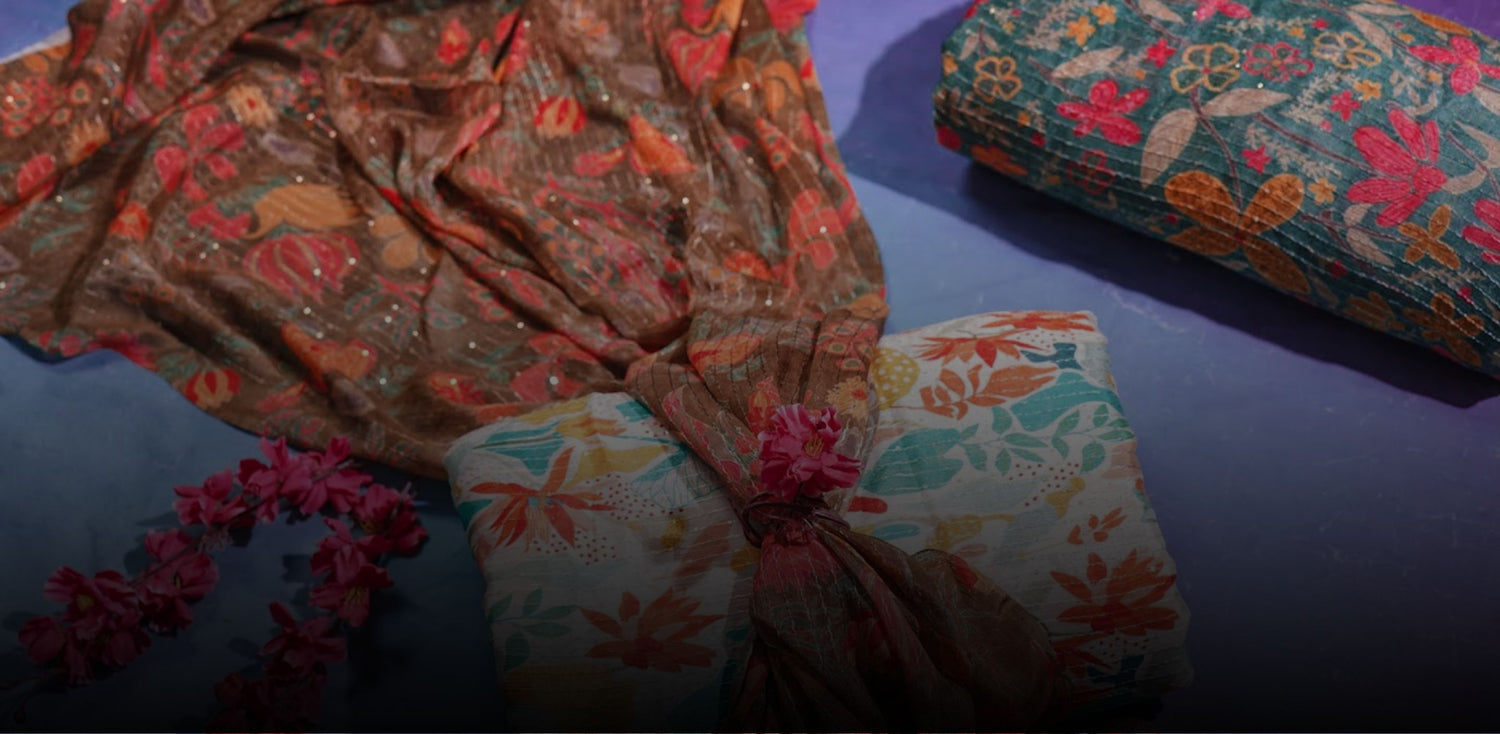Fabrics get their hue from dyes. The textile industry makes extensive use of fabric dyes in its processes. Most dyes are either synthetic or made from natural sources. As the name suggests, natural dyes are made by removing natural pigments from sources such as plants, animals, and minerals. Synthetic fabric dyes, on the other hand, are manufactured artificially.
Chemicals and metals are synthesized to get the desired color. Many different kinds of fabric dyes are utilized to provide color to these materials. Dyeing may happen at any stage of the Fabric manufacturing process, from the fiber to the yarn to the fabric to the finished textile.
Textile Dyes That Are Commonly Used
The textile industry makes use of a wide variety of fabric dyes to color a wide range of materials. Fabrics may be finished to varying degrees depending on the kind of dye used. Therefore, it is crucial to choose the proper coloring. The whole catalog of textile colors is as follows:
Fiber Reactive Dyes

A molecular bond is created between the dye molecules and the fiber molecules in a fiber-reactive dye. Cotton fabric and other textiles made from cellulose or protein fibers respond well to reactive dyes. The molecules of the dye bind to the molecules of the fiber, making fabrics dyed with fiber-reactive dyes the most durable. This means you may wash them in the washing machine with other items without worrying about any color transfer.
Acid Dyes

Protein fibers like wool and silk are colored using this category of fabric dyes. The best colors to use for coloring protein fibers in clothing are acid dyes. In the world of textile coloring, the term "acid dye" refers to a wide category that includes many distinct types of dye. Lancet acid dyes and leveling acid dyes are the two most prevalent types of acid dyes.
Direct Dyes

Fabrics like cotton may be colored with a wide variety of dyes, including direct dye. For a variety of reasons, including price, direct dyes have come to be more widely used than their indirect counterparts. When compared to more typical fabric dyes, the colorfastness and durability of direct dyes are generally worse. On the other hand, direct dyes don't hold up quite as well to the sun as fiber-reactive dyes do.
Multi-Purpose Dyes

It's a hybrid dye made by fusing direct dye with acid dye, and it works well on a wide range of substrates. All-Purpose Dyes may be used to color a wide range of fabrics, including those made from a blend of several fiber types. It is important to note that polyester and jacquard fabrics are incompatible with this color.
Disperse Dyes

Fabric dyes in disperse form are not soluble in water. To color cellulose acetate, this dye was developed. Disperse dies are either spray-dried into a powder or ground into a paste. Its primary use is coloring polyester. However, other fabrics, such as nylon, and georgette, may be colored using disperse dyes.
Organic Dyes

These dyes are derived from plants, animals, or minerals, natural dyes are safe for the environment. The dye is "set" using mordents, which are often safe to use. When combined with an eco-friendly natural dye, the result is a beautifully colored printed fabric.
Azoic Dyes

Azoic Dyes are a category of insoluble fabric dyes. A coupling chemical and a di-azo compound are combined to make these colors. Azoic dyes have excellent water fastness because they are insoluble in water. Colors ranging from red to yellow may be achieved using azoic dyes. The fabric also has excellent lightfastness.
Cationic Dyes

Cationic dyes are often used to color a broad variety of fabrics, including pure silk fabric, nylon, wool, and other types of modified acrylic. This is only one example of the many different types of fabric dyes that are widely used in the textile industry. Dye absorption may be enhanced by adding acetic acid to the dye solution.
Sulfur Dyes

The use of sulfur as a fabric dye is quite common. It's cheap and easy to clean. It is often used on cotton fabric and is very easy to apply. Reducing the fabric, coloring it, washing it, oxidizing it, soaping it, and finally washing it are all steps in the process of coloring fabric using sulfur dye. Drab-looking colors are the result of printing using fabrics dyed with sulfur dyes.
Mordant Dyes

Adding a mordant to this kind of cloth dye is necessary since it increases the dye's durability and longevity by making it more resistant to light, water, and perspiration. Careful consideration of the mordant's potential to modify the wholesale opulent fabric's color is essential. Materials like polyester, silk, rayon, acrylic wool, and nylon may all be successfully dyed using it. Its color retention is excellent, but it lacks the vibrancy of acid dyes.
FAQ
Which are common basic dyes?
Crystal violet, basic Fuschia, methylene blue, malachite green, and safranin are the most often used basic dyes
What is the source of the dye?
Roots, berries, bark, leaves, wood, fungus, and lichens are just some of the plant-based materials that may be used to produce natural colors.
We also happen to be a magnet for suggestions, and would love to catch yours….throw us yours on hello@fabriclore.com





